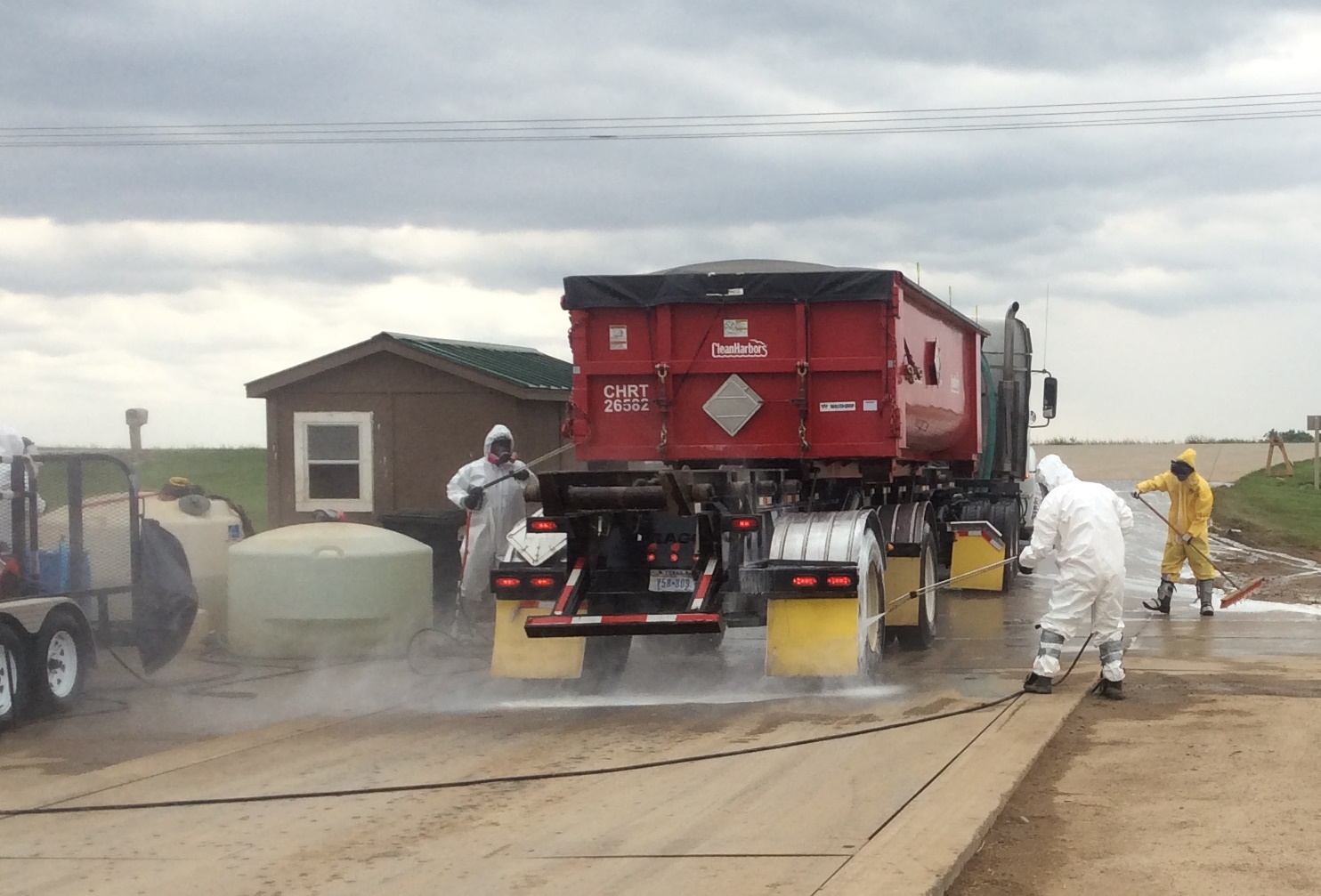



New study sheds light on the spread of antimicrobial resistance genes in swine herds
Emerging research has linked total antimicrobial use during the fattening stage and increased internal biosecurity on-farm with higher counts of resistance genes across pig farms in Europe.A cross-sectional study of 176 conventional pig farms from nine different European countries has linked different on-farm activities with the development of antimicrobial resistance genes. By analysing faecal samples from the farms, researchers concluded that total antimicrobial use during fattening is correlated with the development and horizontal transfer of resistance genes between pigs. The researchers were able to identify resistance genes for tetracycline and macrolide antibiotics in the collected faecal samples.
The study, published in the Journal of Antimicrobial Chemotherapy, also found that internal biosecurity measures were positively correlated with higher counts of resistance genes for macrolide drugs.
Antimicrobial resistance
Previous research has established a link between antimicrobial use and the development of resistance genes in animals and humans. Currently, the increase in antimicrobial resistance (AMR) is outpacing our ability to develop new treatments for infection. This has led many experts to call for additional investment in drug development and further research into how resistance genes arise.
There are multiple genes associated with resistance, and researchers coined the term “resistome” as a catch-all for the genes that contribute to the phenomenon. By viewing the genes in this manner, researchers can identify different environmental resistome reservoirs and track their movement between animal populations instead of studying individual pathogens.

The study
The researchers were evaluating associations between farm activities and faecal resistomes in fattening pigs. In order to track the resistomes, researchers collected data from 176 pig farms across nine European countries. Faecal samples from 25 pigs per site were collected and pooled. Researchers also created an on-farm questionnaire that tracked antimicrobial use, farm practices and biosecurity.
Based on the questionnaires, the researchers rated farm biosecurity on a scale from 1-100, with higher scores indicating high levels of biosecurity. They also measured both internal and external biosecurity. The researchers found large within- and between-country variations in biosecurity practices. In general, external biosecurity was higher than internal biosecurity (median score for external biosecurity was 73.9 while median internal biosecurity was 65.0).
During data analysis, the researchers identified strong correlations between management practices and levels of resistome DNA in the faecal samples. The researchers found that as antimicrobial use increased, the presence of resistance genes for macrolides and tetracyclines increased as well. They didn’t find the same relationship with other classes of antibiotics though. Beta lactams and colistins didn’t show the same effects.
The researchers also found that higher internal biosecurity was strongly correlated with the presence of genes for macrolide resistance. This correlation remained even when researchers controlled for other factors like antimicrobial use.
Key findings
The researchers noted that though most antimicrobials are used early in production, genes for resistance tend to emerge at the fattening stage. This indicates that pathogens can withstand short-term antimicrobial challenges and incorporate genes for resistance in their DNA. It also means that later antimicrobial use can compound this trend, increasing the overall levels of resistance genes.
Based on their observations of internal biosecurity, the researchers suggest that using pathogen-specific disinfectants might contribute to increasing levels of resistance genes.








